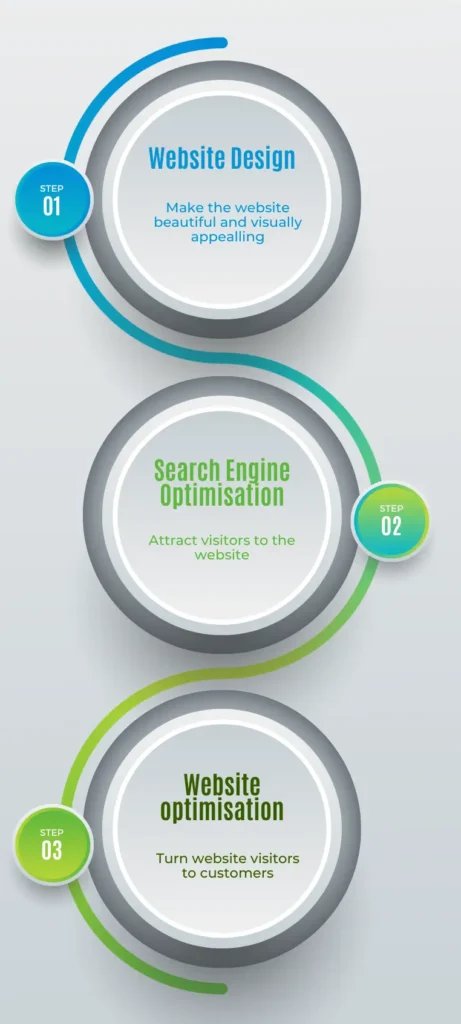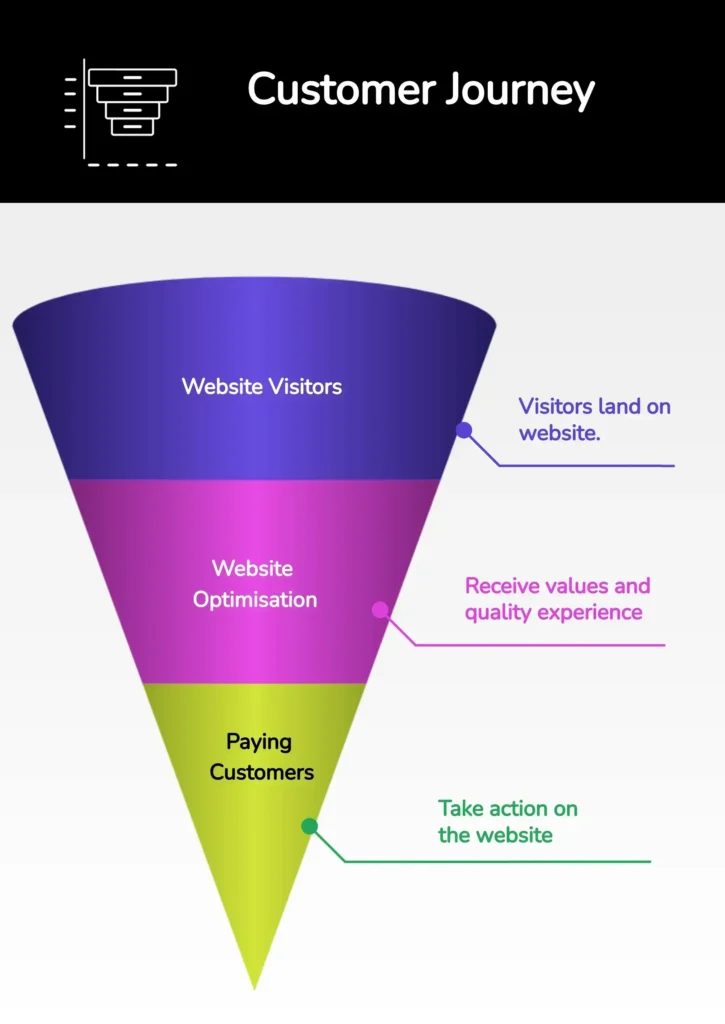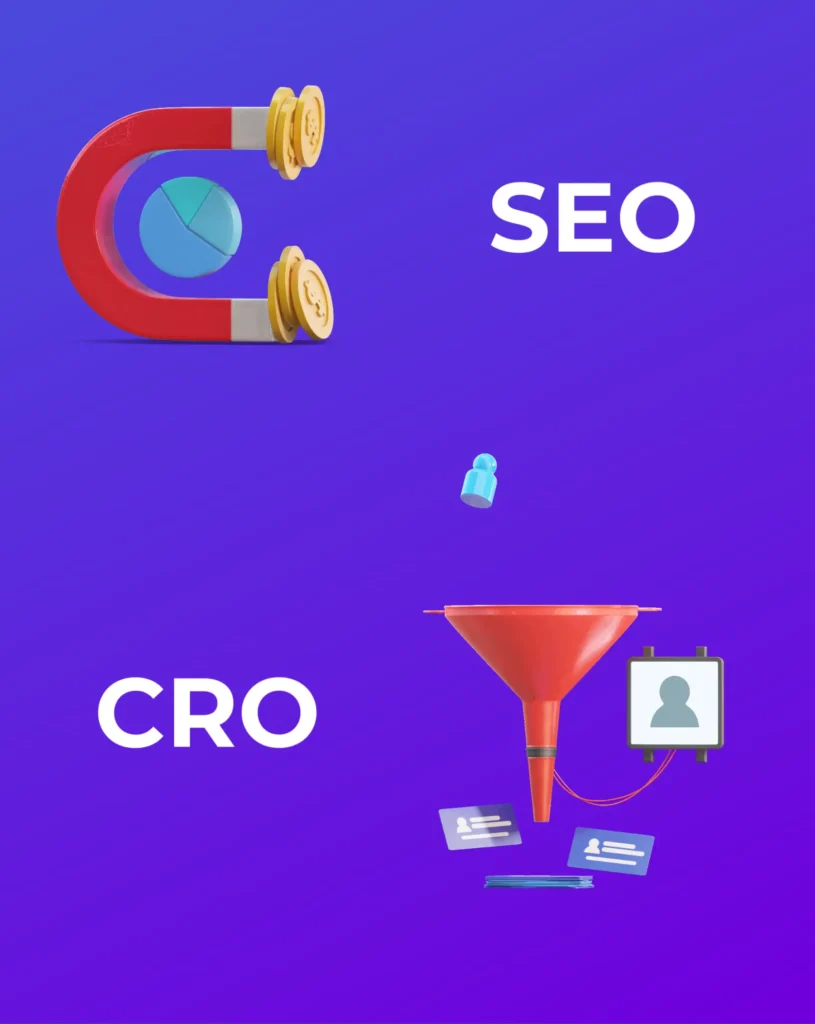Website design makes the website look beautiful, and search engine optimisation(SEO) attracts visitors to your website and build organic traffic.
Conversion rate optimisation(CRO) is the last step in acting as a salesperson, transforming visitors into clients.
CRO is an ongoing process. It changes when customers’ behaviour or the market changes.
Each website has its own definition of conversion. For instance, fill in a subscription form could be a conversion to a website, book an appointment could be a conversion to another website, like my website.
If a visitor booked an appointment with me on my website. It is a conversion to me.
How to actually calculate conversion rate? Here is a common method marketers uses:
Number of conversions ÷ Number of website visitors × 100 ⇒ Conversion Rate%
This calculation method is an easy and you can find anywhere online; however, it is also helpful for tracking whether your conversion rate optimisation is effective.
We also need to track many other metrics to understand the strategy’s overall performance and make an informed decision based on the data we collect from the metrics.

Is your firm’s website more than 3 years old? Or more than 5 years old?
Does your firm’s website still provide the same value as it used to 3 or 5 years ago?
Probably not.
Because your clients needs and mindsets changed, the market is much more competitive then before, the technology is more advanced in 2024 and is continue advancing each year.
But your firm’s website is still the same.
This is where the conversion rate optimisation service comes in to rebuild a website’s performance.


A law firm’s ultimate goal is to make a profit. A conversion rate optimised website streamlines the process automatically with each visitor.
It is like a road map on the website page, guiding visitors to become paying clients step by step.
A high quality user experience web page leads to more paying clients.
Because the page is specifically built for the specific target clients, it provides the best value possible to meet their needs and solve their problems.
When a website page provides high-quality user experience and value, search engines recognise that and will rank your website as an authoritative resource for users.
More visitors who land on your website are more likely to become leads and have a higher possibility of becoming customers.
Conversion rate optimisation is not a magic wand. Still, it will increase the quality of your website page, offer more valuable information to your target clients, answer their questions, and inform them that you can help them with their problems.
SEO will make a website’s search engine friendly and user friendly, organically attracting more website visitors. CRO turns website visitors into clients, making profit for law firms.
SEO and CRO focus on user experience, content quality, website speed, increasing ROI and converting visitors to clients.
However, SEO is more focused on building expertise, experience, authority and trust in the website.
SEO can make a website highly authoritative and bring high traffic.
On the other hand, CRO focuses more on visitors’ experience on the website, converting them to leads or paying clients.
A well conversion rate optimised website can bring the business a high return on investment, worth every penny they invest in.
SEO and CRO play different roles on websites but are inseparable in building a high-performance website.

Your visitor willing to be your customers if you show them the value and unique experience on your website.
Sign Up Our Newsletter